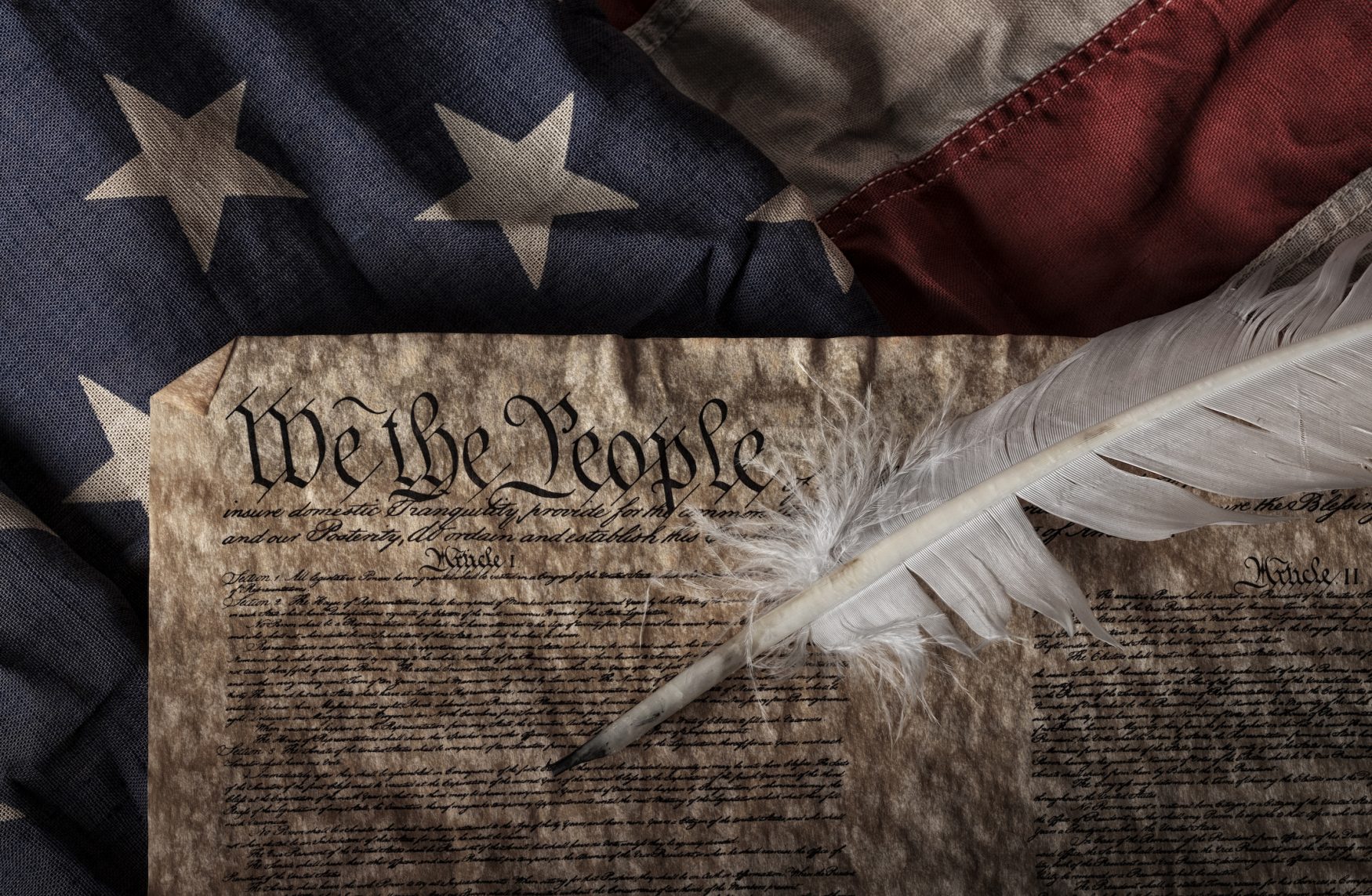
Where was the Constitution Written
Where Was the Constitution Written In Secret?
Where was the Constitution written, in the open or secretively?
Of course, any schoolbook will tell you that the Constitution was written at the Philadelphia Convention in 1787.
That’s the common history taught in grade school, but where was the Constitution written, really?
At the beginning of the Philadelphia Convention (or Constitutional Congress), the basic framework for the Constitution was submitted by James Madison and the Virginia Delegation as the Virginia Plan.
From influential states of where was the constitution written, other plans submitted included the plan of Charles Pinckney, a delegate from South Carolina, and the New Jersey Plan by delegate William Paterson.
The most telling of the proposals, however, was Hamilton’s Plan, submitted by New Yorker Alexander Hamilton, which was very power-centric and modeled closely on the British parliamentary system.
All of this is common history that most Americans know, but what happened during the Convention itself is not.
Arguments presented for and against Madison’s plan were long, consistent, and resulted in few changing their views.
They hinged on the idea that a representative government elected entirely by popular vote would quickly erode and destroy the sovereignty of the individual States whose population was smaller (and thus has fewer representatives) than the larger ones.
Regarding where was the constitution written, Virginia, being the largest State by population, would quickly control the entire nation by pure vote.
The argument against this idea was that a government elected by anyone but the People would result in tyranny and oppression, as the State worked to strengthen only itself.
The debate raged heavily and was an extremely valid one, with arguments on both sides being important.
George Washington’s Influence
Where was the Constitution written and with whose influence?
What is often overlooked by history, however, is the influence that George Washington (officially of the Virginia Delegation) on the debate.
He was unanimously elected to chair the proceedings as its President and seems to have forfeited his status as a Virginia delegate to do so.
During the debates and proceedings, he rarely spoke except to ask for clarification or call order.
He did not participate in the debates beyond this and, even at that time, seems to have been held in great awe and respect by the others present.
Only old friends like Benjamin Franklin seemed to see him as anything but a King.
This is telling and important, because after the framework for the Congress had been argued and decided upon (the introduction of the Connecticut Compromise set that in motion), the question of the Executive office and powers of the President were on the table.
It appears that nervousness about the issue seemed to hinge not around the powers of the office, but rather on whether argument would offend Washington.
It was plain to all that Washington, should he want it, would become the nation’s first President and the office was, in fact, almost tailored to fit him because of that.
Delegates hemmed and hawed over arguments and were careful with their wording-much more careful than they’d been before this during earlier debates.
That coupled with the fact that Alexander Hamilton was a good friend of Washington and held his respect is important to note.
Now we come to answering “Where was the Constitution written?”
The Actual Writing of the Document
Where was the Constitution written and by whom really?
The actual writing of the final document we now call the United States Constitution took place by a committee made up of Convention members, including James Madison, Governor Morris, and Alexander Hamilton.
Hamilton is believed responsible for much of the “elastic” portions of the document we see today as being either: a) paramount to its success as a ‘living’ document or b) the source of the Constitution’s downfall.
Those who believe the latter often refer to Hamilton as America’s “Founding Lawyer”.
The often referred “necessary and proper” clause, which is used to justify many Congressional oversteps that are not Constitutionally correct, was first used by Hamilton to justify the first central bank in the U.S., as an example.
Could Hamilton have been considering this before or during the final drafting of the Constitution?
Ratification and the Bill of Rights
Final ratification of the Constitution took place after the final draft had been approved by the Convention.
Some delegates refused to sign unless an enumerated list of rights (now called The Bill of Rights) was included.
Nobody was totally satisfied with the final version and Ben Franklin summed it up:
“There are several parts of this Constitution which I do not at present approve, but I am not sure I shall never approve them.”

 My First Amazing Ayahuasca Experience
My First Amazing Ayahuasca Experience  Pine Needle Tea
Pine Needle Tea  The REAL Controllers of Humanity: The Papal Bloodlines
The REAL Controllers of Humanity: The Papal Bloodlines  Is it Global Warming or Cooling?
Is it Global Warming or Cooling?  Gun Rights and Obama Examined
Gun Rights and Obama Examined